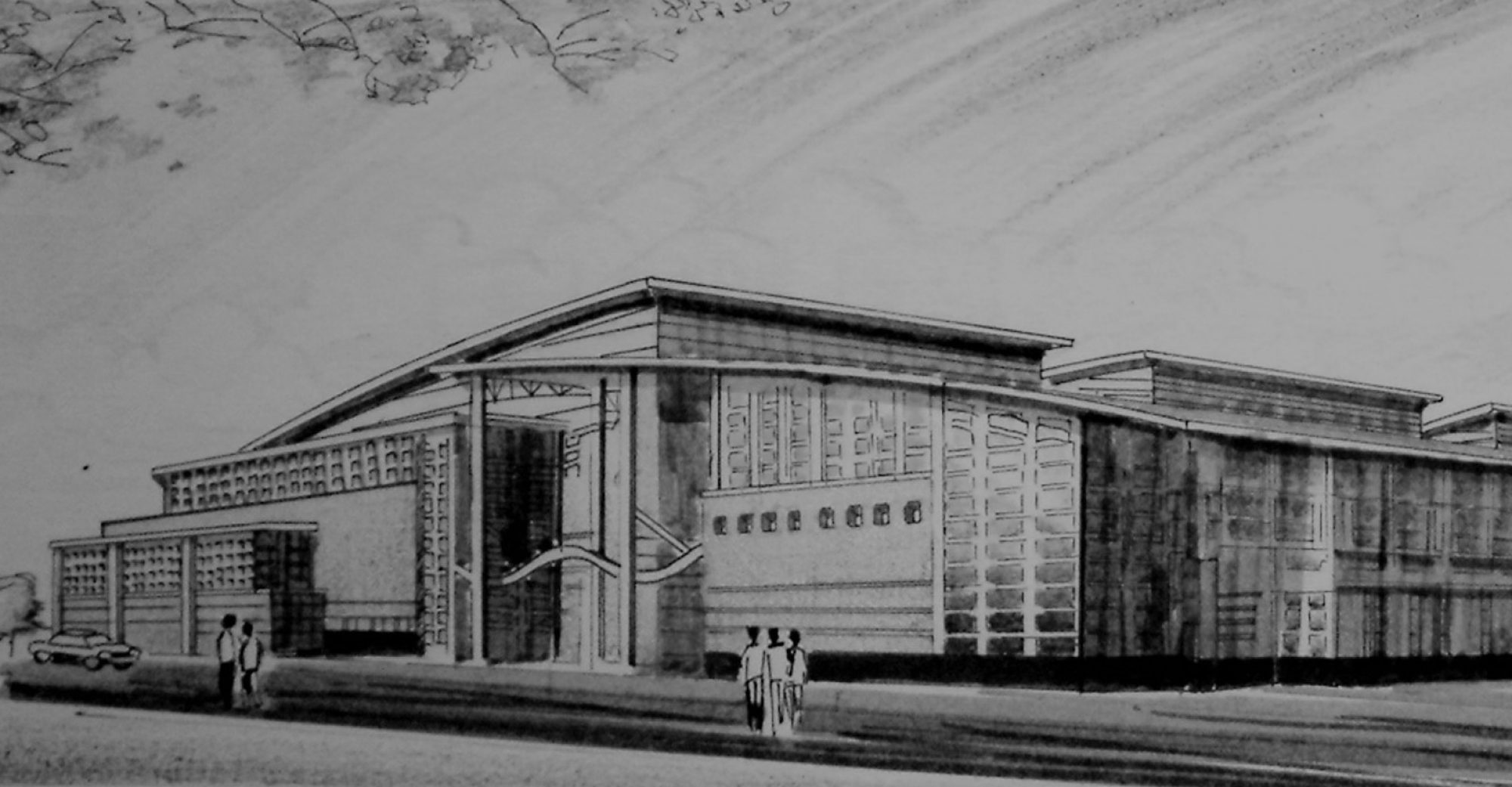Medical Centres are an attractive choice for developers, with a growing and ageing population in Australia and Federal government funding via Medicare.
Over the last five years, Medicare funding has slightly increased, and bulk billing has become more prevalent. Bulk billing has generated strong growth in patient volumes over the period, as these types of General Practitioner (GP) consultations are more accessible to patients due to no or much reduced out-of-pocket costs. The Australian Government recently restored indexation on Medicare rebates, which will support revenue growth over the next five years.
Underpinned by the baby boomer generation, the number of persons aged 65+ is set to almost double over the next two decades. The growing number of older Australians will drive increased demand for GP services (and other healthcare services). Other trends include:
- Total visits to a GP show that per capita growth is increasing
- Chronic disease is increasing (long-lasting conditions with persistent effects)
- More integrated and larger facilities that enable efficiency increases by lowering overheads and greater income generated per GP
- More private and mixed billing clinics
- Higher throughput has allowed large General Practices to bulk bill and attain greater profit margins.
- The high volume of consultations has driven revenue growth.
- Demand for GP and healthcare services is solid and expected to continue to grow, with limited medical staffing resource.
Defining a Successful Investment
One of the key factors to developing successful medical centres is that developers need to put themselves in the shoes of healthcare operators (GPs or other clinicians). If you can advise prospective healthcare operators and quantify market gaps and growth potential, this will help you attract more serious operators and receive a higher chance of securing a tenant with a higher rental return. However, it is not easy to make informed advice as it requires years of experience and in-depth knowledge of the industry, and time and resources. The steps we advise to do this include:
Market Feasibility – this is critical to assess business viability and appropriately scale property development proposals. It is driven by market gaps and opportunities and economies of scale.
Land Attributes – easy access, ample car parking, near shops and other uses, visible to passing traffic, and in high demand areas to capture customers.
Design and Functional Layout – understand end-users and operating requirements with a focus on patient centred design, considering how patients and workers move within the building, providing good amenity and protecting patients’ privacy, and reducing operating risks and expenses for operators. Integrating a range of services will assist in attracting new patients and keeping new patients, and importantly keeping this centre competitive in the market space. Design also needs to promote new internal and external referral pathways.
Town Planning Process – painless government approval process – time = money, reducing land holding costs. The planning permit should facilitate flexible hours of operation and allow Medical Centres to be adaptive so that different healthcare businesses can be attracted over time.
Other measures include a smooth process for building approval, securing a tenant, construction on time and on budget, a well-run marketing campaign process and a well thought out business strategy and implementation plan.
What does success look like?
Your healthcare centre is built, and you have secured a long term lease at a compelling rate.
This project development is feasible, and you achieve a desirable financial return on such an investment.
Your tenants, healthcare operators, make a profitable business.
GPs who target high-demand areas and work to develop a good rapport with patients and referrers are more likely to generate repeat visits.
Medical Centres that provide a range of services or are co-located with other medical service providers tend to be more competitive than those that focus on one specific service area.
Medical Centres that provide attractive and welcoming facilities, that are accessible, are more likely to attract repeat clients and word-of-mouth recommendations.
The business pricing policy should be appropriate and reflect the patient’s capacity to pay.
Our Director, Hong Knowling, was interviewed by Cheryl Leong from Property Development Australia. Interview details are included below.

